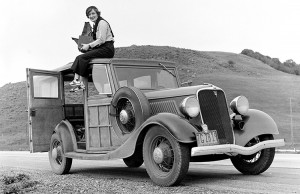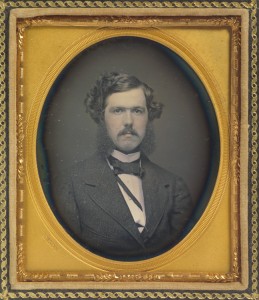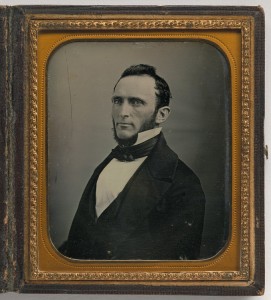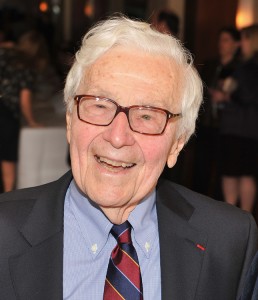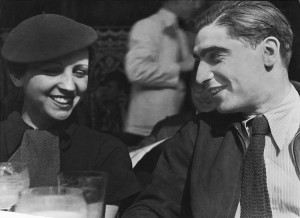Women’s History Month: Dorothea Lange
Monday, March 16th, 2020March 16, 2020
In honor of Women’s History Month in the United States, World Book travels to New York City’s Museum of Modern Art (MoMA) and its special exhibition on the American photographer Dorothea Lange, “Words & Pictures.” Lange was best known for her pictures of migratory farmworkers of the 1930′s. “Words and Pictures” features iconic Lange works from the MoMA collection as well as some lesser known photographs of street scenes and from her series on criminal justice reform. The exhibition began February 9 and runs through May 9.
Lange’s photographs were known for honestly and sympathetically portraying families who were victims of drought and the Great Depression, a global economic slump of the 1930′s. Her pictures, which appeared in several newspapers and magazines, helped create support for government relief programs for migrant workers. Many of Lange’s photographs were published in her book An American Exodus: A Record of Human Erosion (1939).
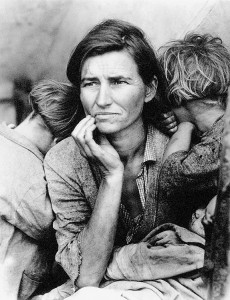
Migrant Mother, a photograph taken by Dorothea Lange in 1936, captures the despair of a migrant family during the Great Depression in the United States. credit: Library of Congress
Lange was born on May 25 or 26, 1895, in Hoboken, New Jersey. She studied photography at Columbia University. In 1919, she opened a portrait studio in San Francisco. During World War II (1939-1945), Lange photographed Japanese-Americans whom the government moved to relocation camps from their homes on the West Coast. After the war, she photographed Mormon towns, life in California, and other subjects. She also took photographs in Asia, Egypt, Ireland, and South America. Lange died on Oct. 11, 1965.

